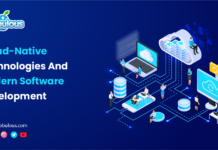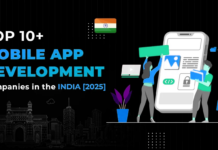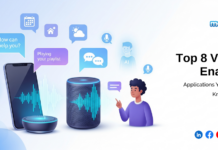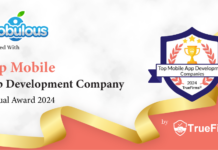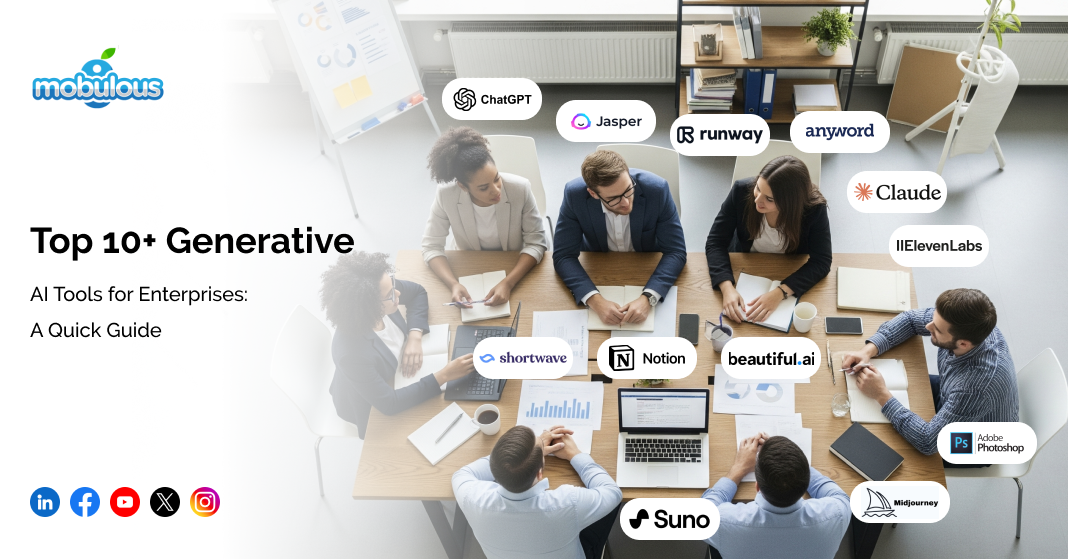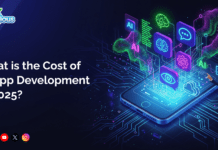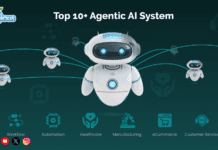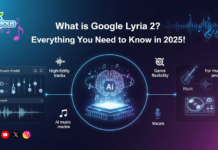What is Generative AI for Enterprise?
Generative AI for the enterprise means using advanced AI models to create original content, text, code, images, audio, or video, tailored for business needs. Companies use these tools to speed up workflows, improve decision-making, and create better content at scale. It’s not just about automation. It’s about working smarter.
If you’re looking to build custom solutions, consider partnering with a generative AI development company for tailored enterprise services.
List of Top 10+ Generative AI Tools for Enterprises in 2025
- ChatGPT
- Jasper
- Anyword
- Claude
- Runway
- Adobe Photoshop (with Firefly)
- Midjourney
- ElevenLabs
- Suno
- Notion AI
- Shortwave
- Beautiful.ai
Read more: Poly AI: What is Poly AI – Features, Benefits & Uses & Alternatives
Top 12 Generative AI Tools for Enterprises: Best Use Case, Pros & Cons
AI Writing & Marketing
- ChatGPT
ChatGPT is one of the most widely adopted generative AI tools for enterprises. It can generate content, answer questions, and handle customer support. Powered by OpenAI, it’s great for teams looking to scale creativity and productivity.
Best Use Case of ChatGPT: Automating customer support and content creation.
| Pros of ChatGPT | Cons of ChatGPT |
| Versatile outputs | Context limitations |
| Fast responses | Cost scales quickly |
| Easy API integration | Occasional inaccuracy |
- Jasper
Jasper is built for marketers. It creates brand-aligned content fast, using prompts and templates. One of the most focused generative AI tools for enterprises when it comes to tone and voice consistency.
Best Use Case of Jasper: Marketing campaigns and blog post generation.
| Pros of Jasper | Cons of Jasper |
| Brand voice memory | High learning curve |
| Fast copy generation | Premium pricing |
| Great UI/UX | Not ideal for code |
- Anyword
Anyword is great for writing copy that converts. With predictive analytics and real-time performance scoring, it’s one of the most data-driven generative AI tools for enterprises.
Best Use Case of Anyword: Writing a high-conversion landing page or ad copy.
| Pros of Anyword | Cons of Anyword |
| Predictive scoring | Limited formats |
| Built-in A/B testing | Less flexible prompts |
| Focused on conversions | UX feels cluttered |
- Claude
Claude by Anthropic is a conversational AI designed for enterprise-level applications. It’s known for safer outputs and in-depth understanding, making it one of the smarter generative AI tools for enterprises.
Best Use Case of Claude: Legal summaries and document drafting.
| Pros of Claude | Cons of Claude |
| Context retention | Less creative flair |
| Safer language model | Lower availability |
| Deep reasoning | Smaller community |
AI Video & Image Tools
- Runway
Runway is a creative AI platform for video editing and generation. From text-to-video to inpainting, it’s a powerful addition to the lineup of generative AI tools for enterprises in media production.
Best Use Case of Runway: Creating marketing and explainer videos at scale.
| Pros of Runway | Cons of Runway |
| Video generation | Costly subscription |
| Easy interface | Beta features are buggy |
| Fast render times | Limited resolution |
- Adobe Photoshop (with Firefly)
Photoshop now comes with generative fill, powered by Adobe Firefly. It brings the power of generative AI tools for enterprises right into the toolkit creatives already use.
Best Use Case of Adobe Photoshop: High-end image editing and creative design.
| Pros of Adobe Photoshop | Cons of Adobe Photoshop |
| Deep editing tools | Expensive plans |
| Seamless integration | High learning curve |
| Industry standard | Resource-intensive |
- Midjourney
Midjourney is known for artistic, surreal images created through Discord prompts. Among generative AI tools for enterprises, it stands out for creative storytelling.
Best Use Case of Midjourney: Concept art for branding or campaigns.
| Pros of Midjourney | Cons of Midjourney |
| High-quality outputs | Discord-only use |
| Rich visual detail | No fine-tuning |
| Creative control | Not commercially safe |
AI Voice & Audio
- ElevenLabs
ElevenLabs uses advanced voice cloning and synthesis. If voice is part of your business, then ads, training, or support make this one of the most powerful generative AI tools for enterprises.
Best Use Case of ElevenLabs: Creating realistic voiceovers for training and ads.
| Pros of ElevenLabs | Cons of ElevenLabs |
| Natural voices | Ethical concerns |
| Multilingual support | Usage restrictions |
| Voice cloning | Audio glitches |
- Suno
Suno lets you create original music from text prompts. It’s still early, but it offers incredible potential among generative AI tools for enterprises focused on sonic branding.
Best Use Case of Suno: Jingles and background scores for branded content.
| Pros of Suno | Cons of Suno |
| Fast music generation | Music ownership unclear |
| No musical skills needed | Not royalty-free |
| Wide style options | Limited customization |
AI Productivity & Notes
- Notion AI
Notion AI brings generative AI inside one of the most popular productivity tools. From summarizing meeting notes to writing documents, it makes Notion one of the smarter generative AI tools for enterprises.
Best Use Case of Notion AI: Summarizing research and writing internal docs.
| Pros of Notion AI | Cons of Notion AI |
| Built-in assistant | Basic creativity |
| Task automation | Limited depth |
| Easy adoption | Slow updates |
- Shortwave
Shortwave uses AI to summarize emails and conversations, transforming how enterprise teams manage communication. A hidden gem in generative AI tools for enterprises.
Best Use Case of Shortwave: Prioritizing and summarizing corporate emails.
| Pros of Shortwave | Cons of Shortwave |
| Email summarization | Gmail only |
| Focused inbox | Some lag issues |
| Collaboration friendly | Few integrations |
AI Presentations
- Beautiful.ai
Beautiful.ai automatically designs slide decks based on the content you provide. It’s one of the top generative AI tools for enterprises looking to speed up presentation workflows.
Best Use Case of Beautiful.ai: Internal business decks and client-facing presentations.
| Pros of Beautiful.ai | Cons of Beautiful.ai |
| Design automation | Limited flexibility |
| Clean templates | Paid features are essential |
| Easy sharing | Offline mode lacking |
How to Choose the Right Generative AI for Enterprise?
1. Clearly define your business needs
Start by figuring out what you actually need. Are you creating content, streamlining communication, or automating workflows? A vague goal won’t help. Be clear: what task are you trying to speed up, improve, or automate with AI?
2. Assess vendor capabilities
Check what each platform can really deliver. Look for companies with strong documentation, active support, and proven enterprise clients. A flashy demo isn’t enough. Ask about uptime, scaling, and their roadmap.
3. Data requirements
Know what kind of data the AI tool needs to function properly. Some tools need a lot of structured input. Others thrive with just a prompt. Make sure your existing data infrastructure can support the tool you’re choosing.
4. Deployment options
Some tools are cloud-only, while others offer on-premises deployment. If your business has strict compliance rules, deployment matters. Choose what works with your IT policies and infrastructure.
5. Security measures
Security isn’t optional. Understand how each tool stores, processes, and secures your data. Look for encryption, user permissions, audit logs, and compliance with GDPR or SOC 2, depending on your region.
Read more: Vertex AI Guide: Importance, Components, Pros & Best Practices
Conclusion
Generative AI is quickly becoming a core toolset for enterprise teams across the globe. Whether you’re drafting content, building presentations, designing graphics, or automating conversations, the right AI tools can save you hours and improve results. But the key is clarity, so know your needs, evaluate wisely, and deploy strategically. The right mix of generative AI tools for enterprises won’t just help your team move faster. It’ll help them think better.
Need help implementing generative AI into your enterprise? Hire dedicated developers for customized, cutting-edge solutions that drive results.
FAQs – Top Generative AI Tools for Enterprises
Q1. How can generative AI help in enterprise operations?
Generative AI helps enterprises by automating content creation, simplifying workflows, and enhancing creativity. It reduces manual effort, improves speed and accuracy, and allows businesses to innovate with less friction. Think fewer meetings, faster deliverables, and better customer engagement.
Q2. What is generative AI and its tools?
Generative AI is a type of artificial intelligence that creates new content, such as text, images, audio, or code, based on data it has learned from. Tools like ChatGPT, Midjourney, and ElevenLabs are examples. They use machine learning to generate fresh outputs for specific business needs.
Q3. How is generative AI used in business?
Businesses use generative AI to create marketing content, automate support, build product mockups, analyze data, and even write code. It helps improve efficiency, reduce costs, and spark innovation across departments, from HR to engineering to customer service.
Q4. Which AI tool is best for business?
The best AI tool depends on your business goals. ChatGPT is great for content and customer support. Jasper is strong in marketing. Shortwave helps with email overload. Pick tools that match the specific tasks you need to streamline or enhance.
Q5. Is ChatGPT a generative AI?
Yes, ChatGPT is a generative AI tool. It generates human-like text responses based on prompts. Businesses use it for everything from content creation to customer service, making it one of the most flexible tools in the generative AI space.
Q6. What is an example of a generative AI application?
Creating product descriptions with ChatGPT, designing logos with Midjourney, or generating a training voiceover with ElevenLabs are real-world examples. Each one shows how generative AI can produce unique, usable content on demand.
Q7. What is the disadvantage of generative AI?
Generative AI isn’t perfect. It can create biased or inaccurate content, pose security risks, and raise ethical issues. Some jobs may get replaced or redefined. Plus, without good data, the output quality drops fast.



